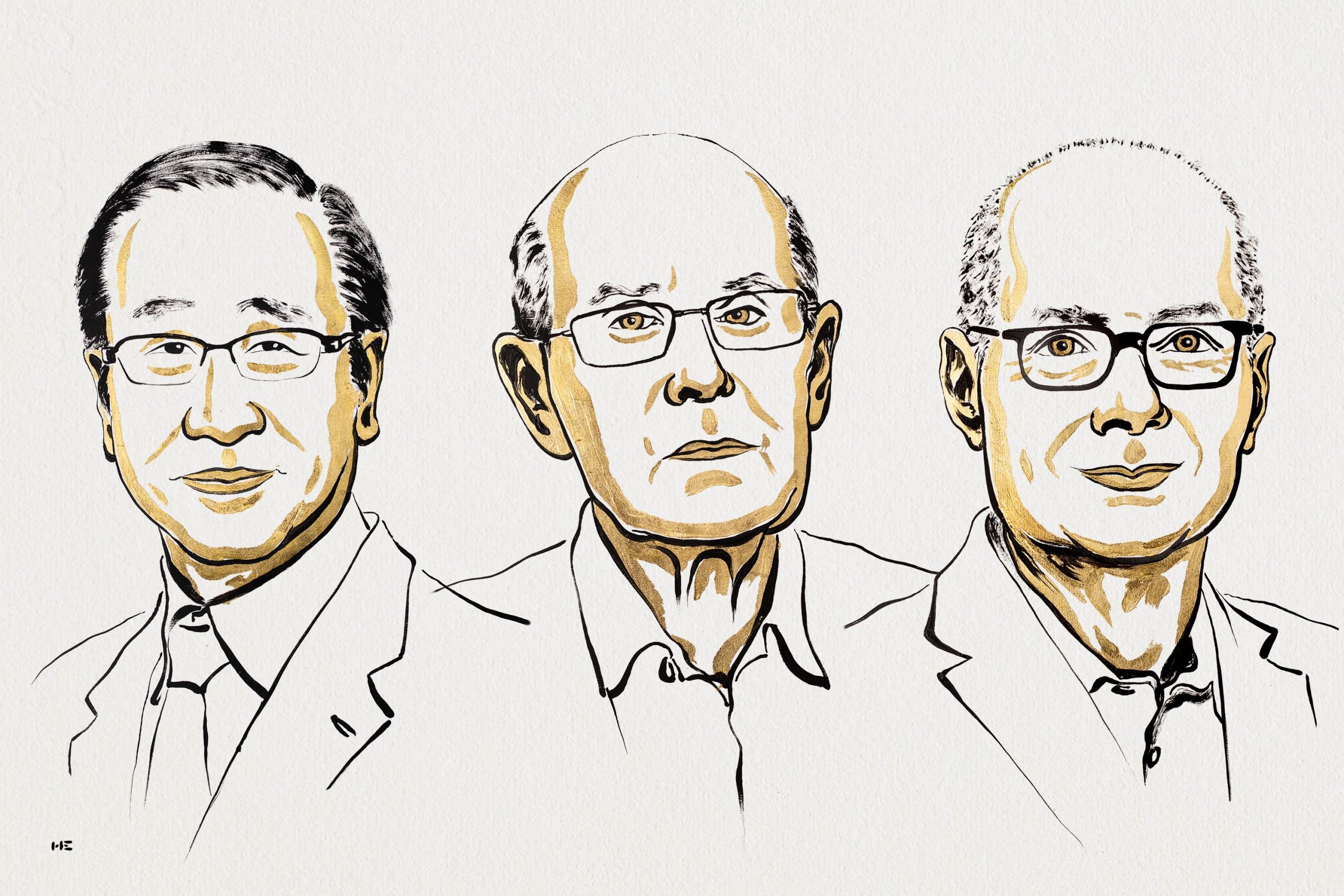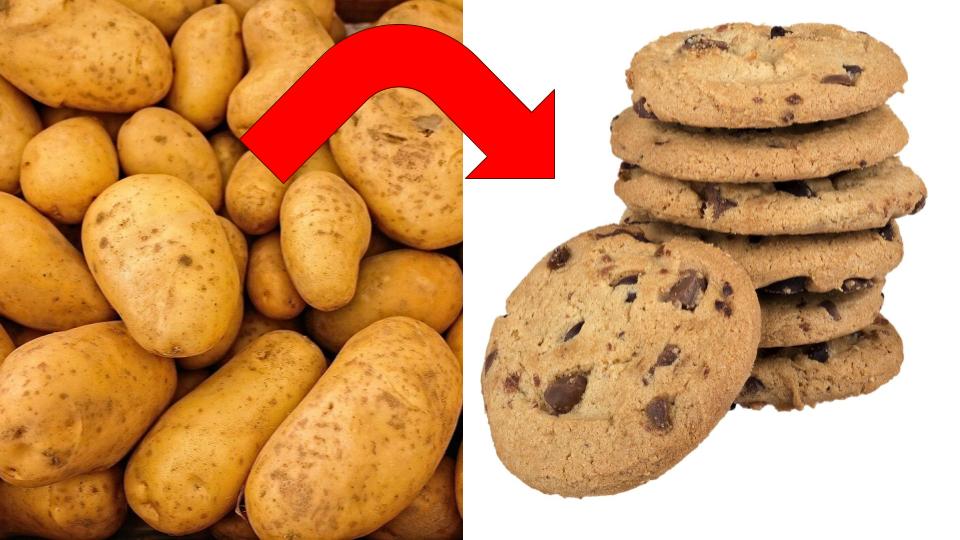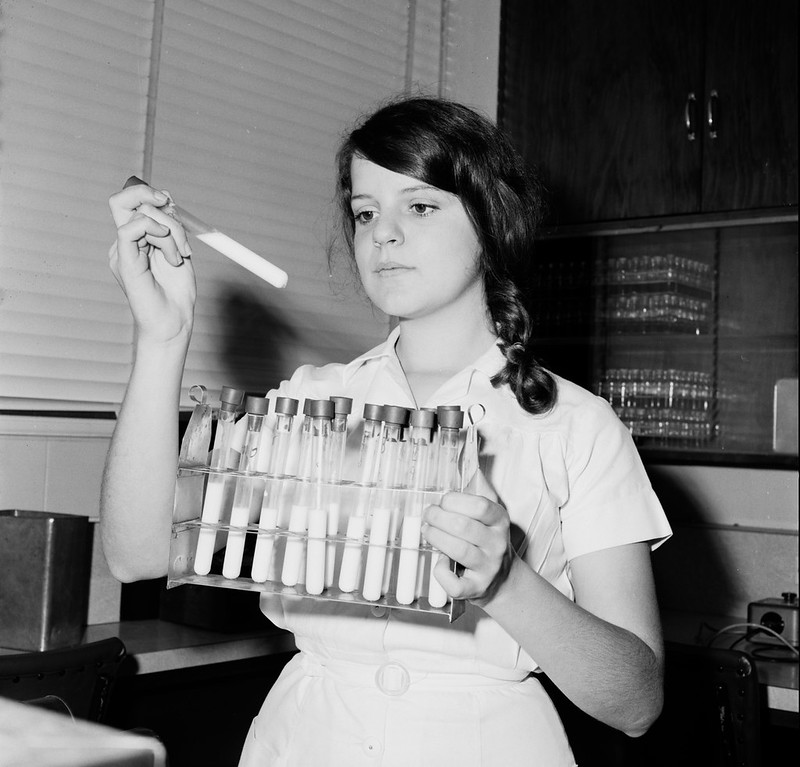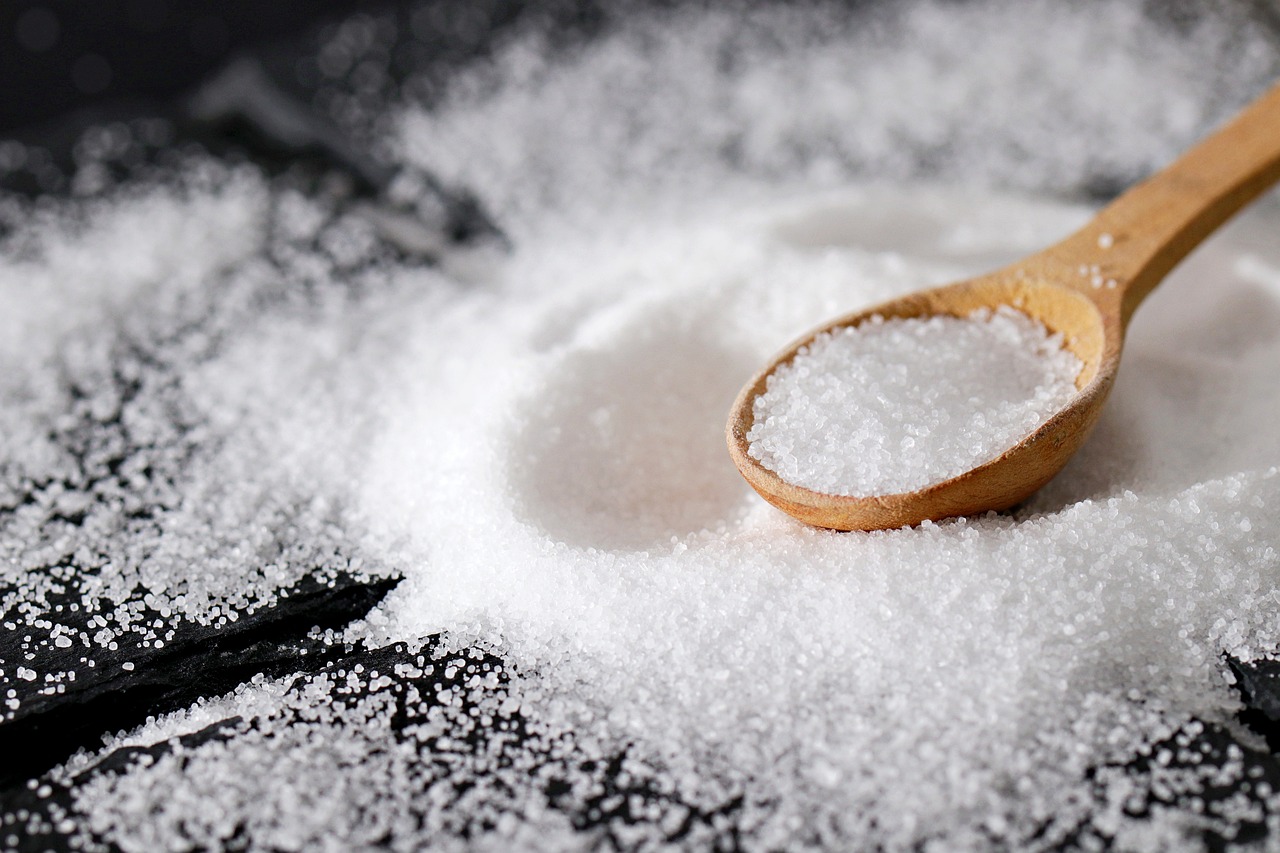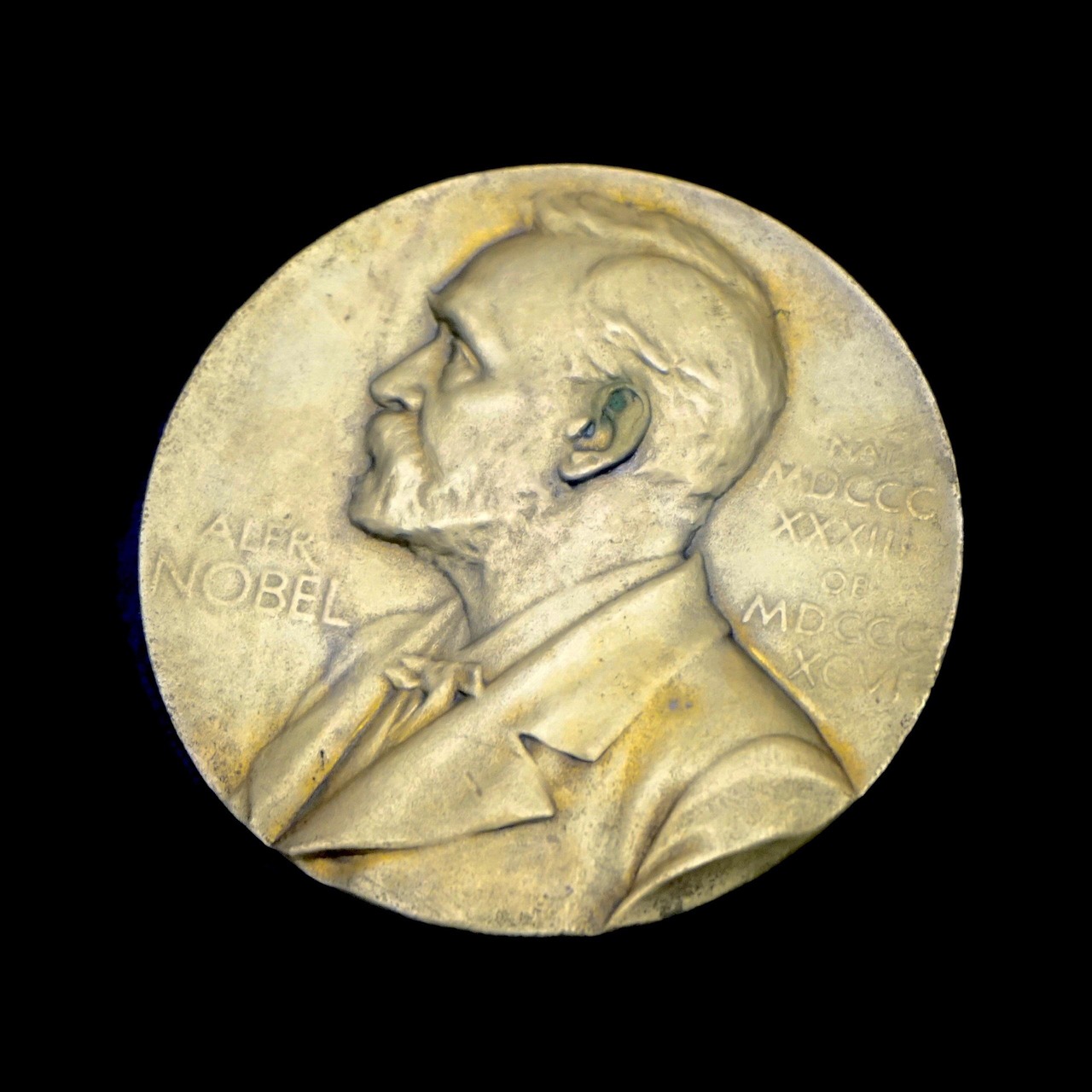Structures that allow for water purification, substance separation, extraction of CO2 out of the atmosphere? 2025 isn’t just any other year…
Author: Lisa Lund
I enjoy exploring chemistry-related topics in my free time and writing about them (what a surprise!). That way, I motivate myself to research and learn new things, whilst also sharing something with other people. It is also a way for me to get better at writing by actually writing about what I enjoy: the intricate processes involved in chemistry. To be more specific, I often end up writing about organic chemistry.
My goal is to go into depth about certain topics in a way that allows any 'ordinary person' to follow. The idea is that science is, or should be made, accessible to everyone, so that everyone can understand what is happening around them and, hopefully, use that information critically! For example: knowing the chemistry of your medicines, why baking soda makes life in the kitchen easier or even what 'E330' means, can drastically improve people's perception of industry and make more reasonable choices in their everyday lives. I like to think that, perhaps, someone out there gives everyday things (that we take for granted) a little more thought now after reading my blog, when he or she uses them.
I’ve eaten my grandmother’s cookies immeasurably often, and so, being curious, I wondered: is it possible to do the same thing… with potatoes?
The chemistry of milk and cheese: how does milk’s structure transform into a variety of rich, flavorful dairy products?
Exploring Electrostatics part 1: How do ionic interactions work?
Nobel-winning AlphaFold solves a 50-year mystery, which will revolutionize protein structure prediction for medicine and biotech. But how does this work?
For the past half century, evidence has been accumulating that trees are not just static plants that are left to

